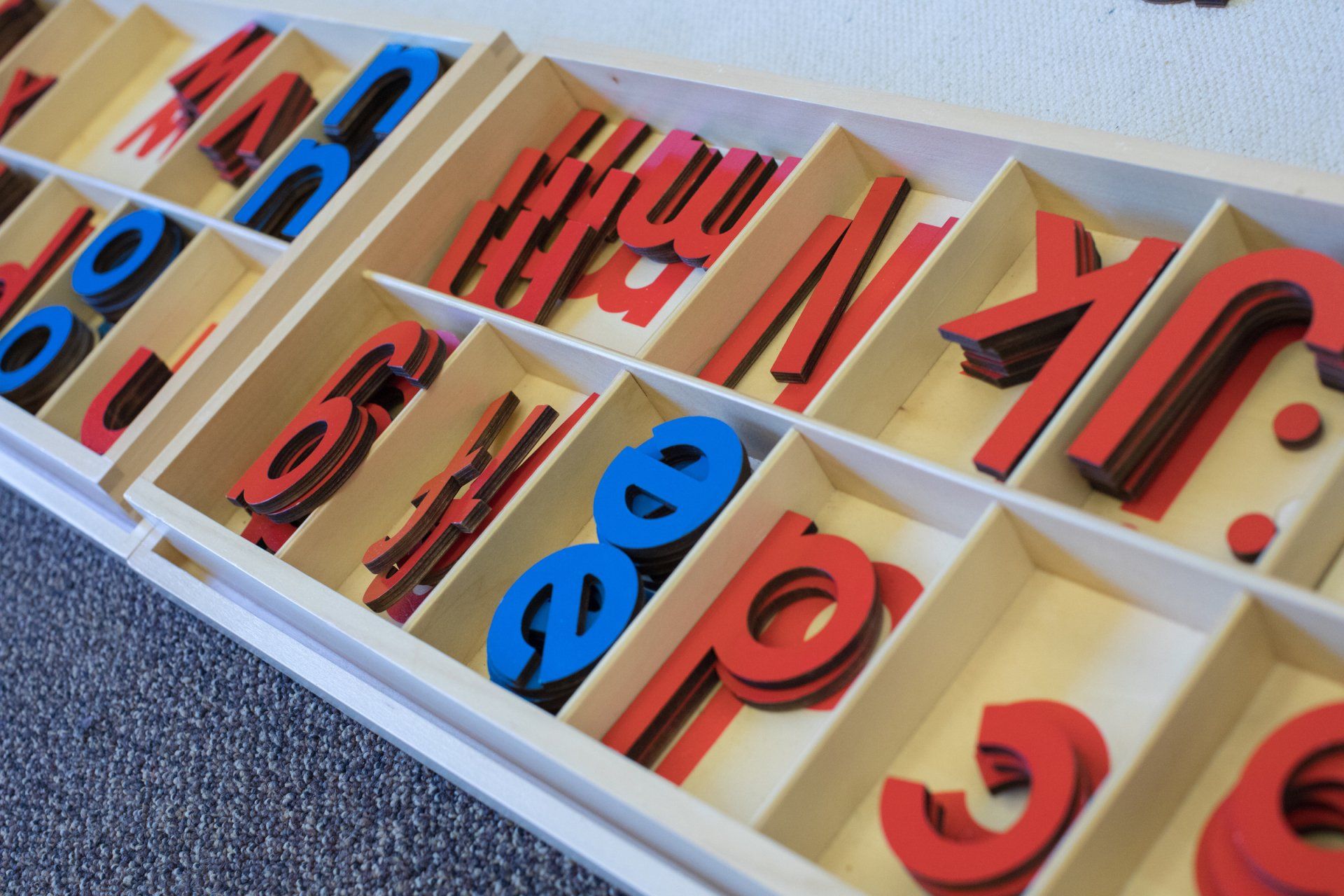
We live in a digital world with screens at our fingertips every minute of the day. Children are growing up in a society where technology is at its most advanced and improving at a rapid pace. Technology is part of our daily life, whether we like it or not.
The Montessori Method was founded over 100 years ago before technology was developed. Dr. Maria Montessori observed children in their natural environment and was a strong advocate for young children moving. Through movement they learn not only about their surroundings but also about their own bodies capabilities. Through observations Dr. Maria Montessori noted:
“When there is motor and physical activity, you can see a more important kind of education, a kind of education that takes the force of life into account… If we do not take [this] into account, we miss the best part of education.” – Maria Montessori
So even though Montessori does not advocate for screen time, how do we apply it today living in a digital world where screens are all around us and children are becoming more immersed?
Set An Example
This is, without a doubt, the best and easiest way to motivate your children to play independently or get outside. Children mirror what they see more than they pay attention to what you’re telling them to do. That means, if they see you binge-watching your favorite shows, they’re going to take cues from you. In as much as watching your weekly shows may be your way of defusing, try not to watch them with your children around at least – this helps you set a good example that they can follow.
Spend Time Outside
Find moments to bring your own daily life outdoors. Spring is a great time to move family dinners to the patio. On a weekend afternoon, plan a picnic in the backyard. A picnic doesn’t have to be an exhaustive affair, either. Simply ask the children to set the table on a blanket on the grass rather than the dining table.
Encourage Independent Play
It is likely that screen time comes into play when you need a few minute to get something done, or just some time to recalibrate. What if there was a way to achieve this without encouraging more screen time? You'll be happy to know there is, and it's called independent play.
Promoting independence is a key component of Montessori, in a large part, because it allows the children to feel respected, capable and content. One of the best ways to encourage independence is through play. If children feel comfortable and confident playing on their own, they will also feel capable of completing other tasks on their own.
Implement A Routine
Some parents find it beneficial to encourage independent play daily at the same time. You can choose to do this just before or after nap time with toddlers, or just after breakfast with slightly older children. Encourage the children to play outside after dinner. A routine that works for your family is the best routine to implement and adhere to. Children will quickly learn the routine and look forward to indepdent play and spending time outside.


Programs
Connect
(508) 881-2123
Pincushion Hill Montessori School
30 Green St, Ashland, MA 01721, United States of America
